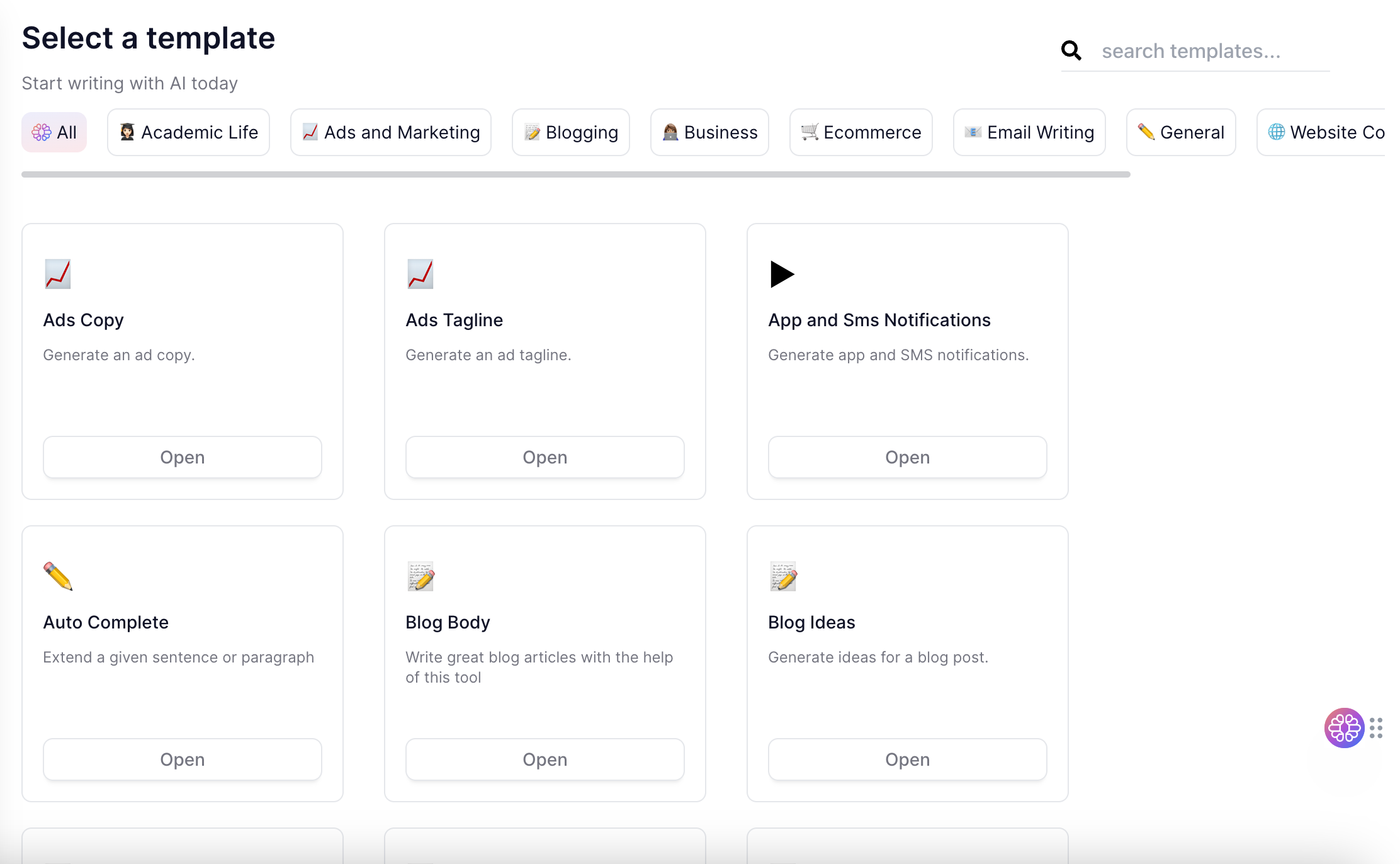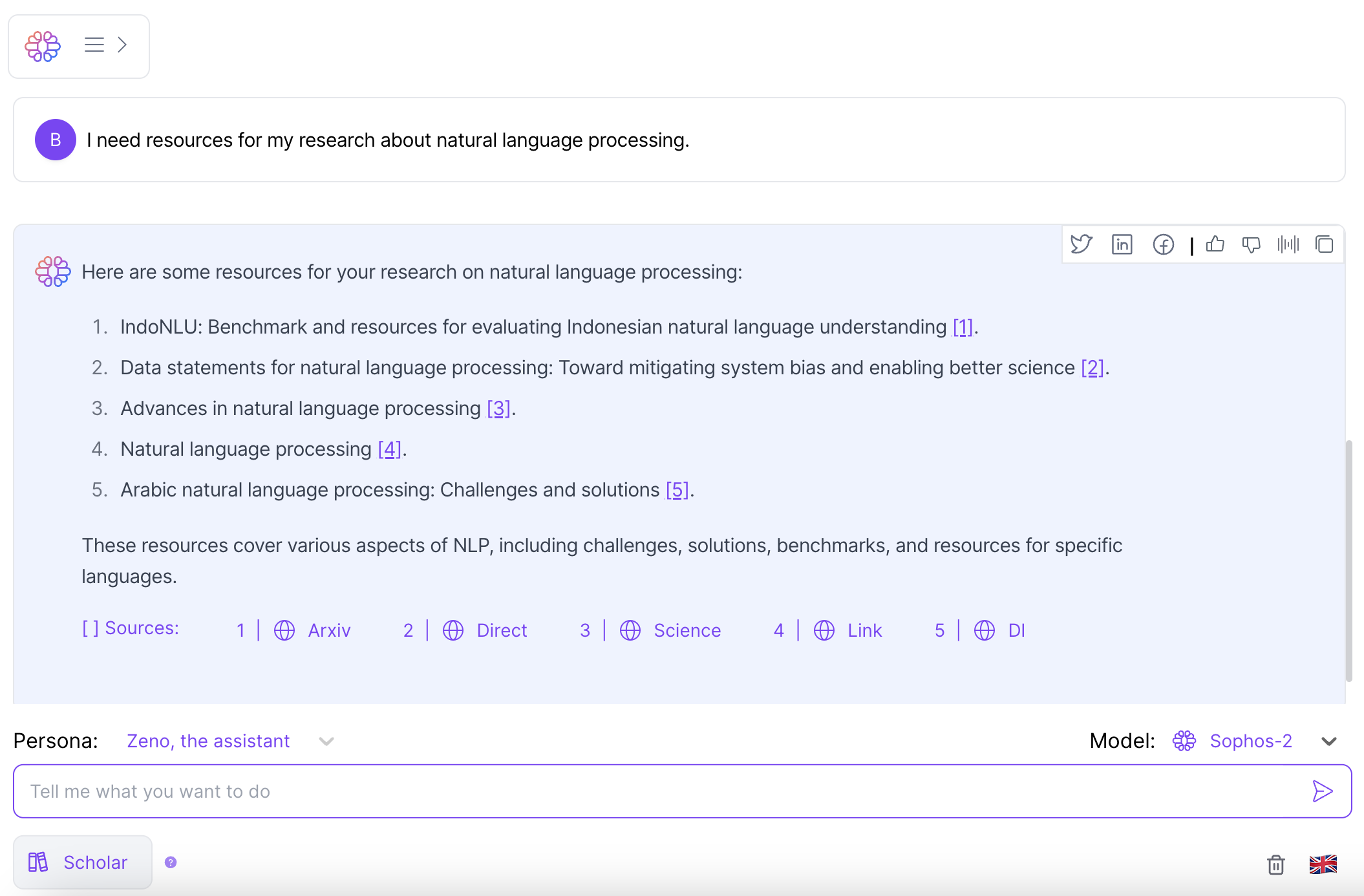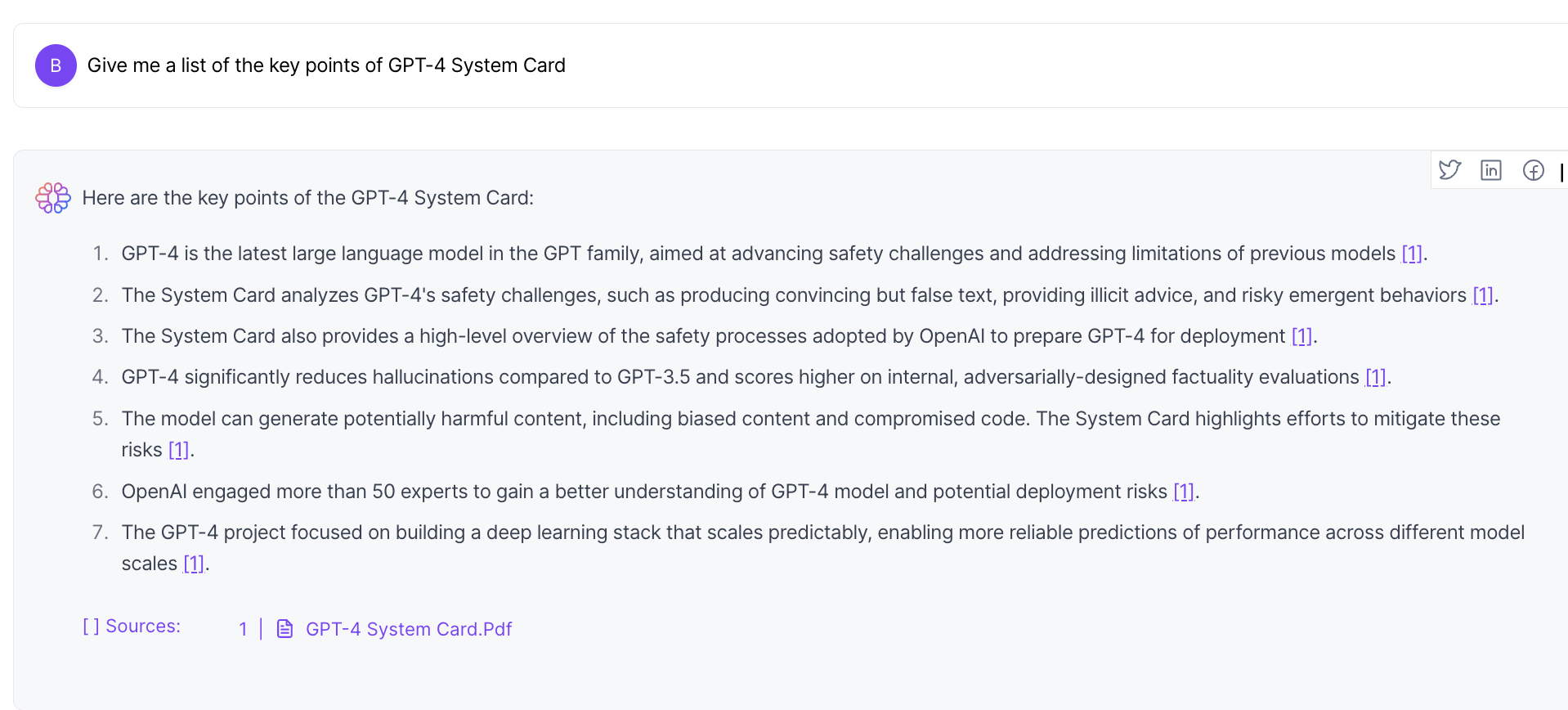Language models are an important part of natural language processing (NLP), a field of artificial intelligence (AI) that deals with understanding and using human language.
Large language (LLMs) models have the potential to revolutionize many aspects of NLP and AI. They are already being used in a wide range of applications, and their capabilities are expected to continue to improve.
This article will give you some insightful information about LLMs, what they are, how they can be useful for businesses and the risks associated with them.
TL;DR
- Large language models are a type of artificial intelligence models that are trained on a massive corpus of text data.
- The most used ones include GPT-3, BERT, T5 and RoBERTa.
- Large language models can help enterprises improve their operations, reduce costs and gain a competitive advantage in their industry.
- However, large language models can be trained on biased data, which can lead to biased outputs. They can also be vulnerable to attacks and can create a single point of failure when enterprises become too dependent on them.
- TextCortex is the all in one AI assistant enterprises can choose. It comes with a customizable conversational AI assistant called ZenoChat that can generate high-quality outputs in 25+ languages on 4000+ platforms.
Large Language Models
A large language model is a type of artificial intelligence model that is trained on a massive corpus of text data, such as books, articles and web pages.
How do they work?
These models are designed to learn the patterns and structure of natural language, allowing them to generate human-like responses to text-based prompts.
Large language models have become increasingly popular in recent years, as they have shown promise in a wide range of applications, including natural language processing, chatbots and text-based search engines.
Most used ones
There are several examples of large language models.
The most used ones include GPT-3 (Generative Pre-trained Transformer 3, developed by OpenAI), BERT (Bidirectional Encoder Representations from Transformers, developed by Google), T5 (Text-to-Text Transfer Transformer, also developed by Google), RoBERTa (a pretraining method for NLP systems, developed by Facebook AI Research).
Usage
Now more than ever, large language models are used in a wide range of applications.
In NLP, they are used to improve the accuracy of tasks such as sentiment analysis and topic modeling.

They can also be used to power chatbots, allowing them to generate human-like responses to user queries.
Large language models can be used to further improve the accuracy of text-based search engines, making it easier for users to find relevant information.
They are also quite useful for content creation and text summarization.
LLMs and Enterprises
LLMs, or Language and Learning Models, are increasingly being used by businesses as a way to improve their productivity and efficiency. LLMs are designed to help businesses better understand how to effectively communicate their ideas and goals to their employees, customers, and other stakeholders. They can help businesses better understand their target market, develop better customer service and marketing strategies, and create more effective training and development plans for their employees.
Why?
Overall, large language models can help enterprises improve their operations, reduce costs and gain a competitive advantage in their industry.
Values
Large language models can bring lots of improvements to businesses. Here are a few:
1. Better customer experience: LLMs can be used to power chatbots and other conversational interfaces, which allows enterprises to provide better customer service and support.
2. Increased efficiency: since these models can automate tasks such as content creation and translation, enterprises will be able to save time and money while still producing high-quality content.
3. Enhanced decision-making: LLMs can easily process and analyze large amounts of text-based data, such as customer reviews and social media posts. This can help enterprises make more informed business decisions.
4. Competitive advantage: LLMs can give enterprises a competitive advantage by allowing them to process and analyze large amounts of text-based data faster and more accurately than their competitors.
Risks
Still, enterprises should carefully consider the risks of using LLMs and implement appropriate safeguards to mitigate some of the risks that come with them.
Biased Output: Large language models can be trained on biased data, which can lead to biased outputs.
Confidentiality: When using LLMs, it's important to keep in mind that they can process and generate text based on input that can contain sensitive or confidential information. This means that confidential data must be kept secure and not be exposed during interactions with LLMs, both for individual users and when they are integrated into other processes.
Data Privacy: Although LLMs don't explicitly store or share the data they use for training or future interactions, there is still a risk of unintended information leakage or privacy violations, particularly when dealing with personal or sensitive information. If a service such as ChatGPT is regularly retrained on user interactions, other users may be able to figure out that sensitive data was sent to the service at some point, or even get the service to generate it.
Regulatory Compliance: It is essential to adhere to data protection regulations like the GDPR and other EU legislation when using LLMs in business applications, as not doing so can lead to hefty fines, legal repercussions, and damage to one's reputation.
Risk of Single Point of Failure: Finally, enterprises that rely heavily on large language models can become dependent on them, which can create a single point of failure. This can be problematic if the system goes down or is compromised in some way.
It is essential to make sure that the utilization of LLMs by your organization is in line with ethical standards and does not result in the production of damaging material. Ensuring this is a must for any company.
TextCortex, The Best Choice for Businesses
TextCortex is the all in one AI companion that can easily become a powerful tool that will help businesses improve their operations, gain insights from text-based data and provide better customer experiences.
The TextCortex browser extension supports 25+ languages and comes with extra useful features such as voice activation and a wide number of integrations.
60+ Writing Templates
We have created a thorough collection of more than 60 writing templates grouped into practical categories to make it easier for you to find the ones that are most suitable for your needs.
Imagine being able to generate cold emails, social media posts, article outlines or improve the structure of an already existing text in seconds!
Simply head over to our App or open the TextCortex sidebar (Ctrl / ⌘ + Shift + O) to start experimenting with our templates!

ZenoChat - Customizable Virtual Assistant
ZenoChat is the AI assistant you’ve always wanted: integrated in 4000+ platforms, it supports 25+ languages and is always ready to support you as the best European alternative to ChatGPT.
Web Search
Zeno can now also access information about recent events through its brand new web search: add your own data sources and let your new AI companion instantly retrieve the most updated information you need!

Knowledge Bases
This powerful addition to our platform allows you to upload your own documents and retrieve information from them directly within ZenoChat, making your AI companion even more versatile and useful.

Why is ZenoChat different?
What sets Zeno apart from all the other chatbots is the fact that it can be entirely customized: you can basically create your very own AI twin to work with a more nuanced communication!
Easily access ZenoChat from the TextCortex App: head over to the left side of your screen and start a conversation with Zeno right away.
Alternatively, after TextCortex is installed in your web browser, click on the purple bubble at the bottom right of your screen or use the "CTRL/OPT + Shift + O" shortcut to get started with Zeno!

%20(14).png)


%20(4).png)

%20(12).png)